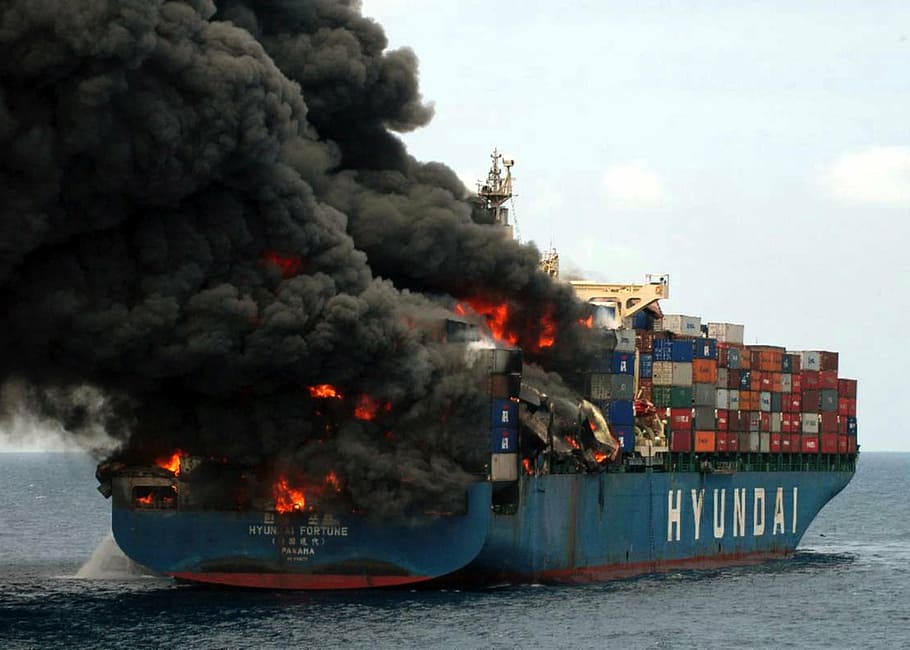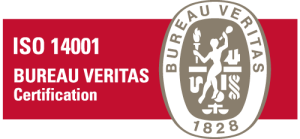The transport of dangerous goods is regulated by IMO classification. This categorization is necessary to ensure safety during transport. Depending on the characteristics and numbering order, the risk of the materials may vary. Thus, we have from explosives to radioactive materials, which entail a greater or lesser danger.
IMO IMDG Code
The transport of goods by sea is not complicated if they are products that are easy to handle and without risk. On the other hand, the IMO (International Maritime Organization) designation covers materials that pose a risk to the health and safety of people.
In this regard, it should also be noted that the IMDG code, or International Maritime Dangerous Goods Code, contains the provisions regulating safe transport by sea. This regulation aims to improve safety and prevent environmental pollution.
IMO Cargo Classification
Products and materials that are moved by sea and that represent a risk are subject to greater control. However, there are different types of dangerous goods, which are listed here, depending on the possibility of explosion or fire.
Class 1. Explosives
This section mainly covers bombs, fireworks, rockets and flares. However, less sensitive goods are also included. Aunque, también se incluyen mercancías menos sensibles.
Class 2. Gases
This section includes liquefied, compressed or refrigerated products. Depending on their properties, they can be said to be flammable or toxic.
Class 3. Flammable liquids
This is the third category in which gasoline, varnishes, paints or turpentine, among other similar products, are registered.
Class 4. Flammable solids
This IMO designation refers to explosive materials or flammable substances that give off gases when in contact with water.
Class 5. Oxidizers and organic peroxides
This maritime code also covers liquids and solid materials that may be sensitive to combustion or fire.
Class 6. Toxics
At this level are both substances with a high degree of toxicity or which may be infectious.
Class 7. Radioactive material
Material prone to radioactivity such as uranium or thorium is included in this class 7.
Class 8. Corrosives
In this penultimate place are destructive substances such as sulfuric acid or sodium hypochlorite.
Class 9. Miscellaneous dangerous objects
Finally, there is a differentiation for other hazardous substances, such as dioxins, dry ice or lithium batteries.
What should labels for dangerous goods by sea look like?
In order to differentiate the hazardous products and materials that are transported in cargo ships, labels are placed in different colors. This identification must contain the class and the corresponding IMO number.
Handling and identification labels
Freight insurance is of great importance if any incident occurs. However, if these products are perfectly identified, the risk probabilities are much lower. In this aspect, it is convenient to know how the goods are identified in order to differentiate them from the rest.
- Code 1. This includes the symbol of a black bomb exploding on an orange background. If the risk is lower, the number 1 appears in black on the same background.
- Code 2. The labels vary depending on the material. For example, we can find a black flame on a red background. Also, the flame is differentiated in white; another with the skull symbol on white and, finally, a gas bottle on a green background.
- Code 3. The label contains the symbol of a flame in black or white on a red background.
- Code 4. Unlike the rest, the label contains a white or black flame on a blue background. Also, red and white stripes can be observed.
- Code 5. It is easy to distinguish these goods by the flame on a black circle on a yellow background. A large flame on a red and yellow background is also contemplated.
- Code 6. This merchandise contains the white label with a skull or three crescent moons.
- Code 7. This classification is the simplest, because only the word “radioactive” appears.
- Code 8. These skin-damaging substances contain two white test tubes. Also, a liquid appears on the hand.
- Code 9. Finally, it is worth mentioning the white background with vertical rays.
In summary, the transport of dangerous goods is subject to a great deal of control by the corresponding agencies to avoid unnecessary risks. In case of doubts, the most advisable thing to do is to contact our customs agency for proper advice.




